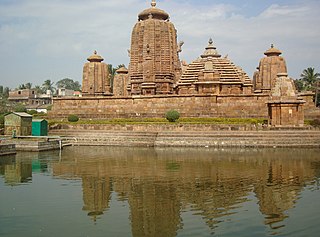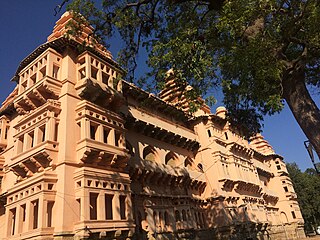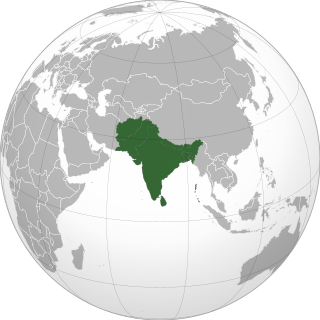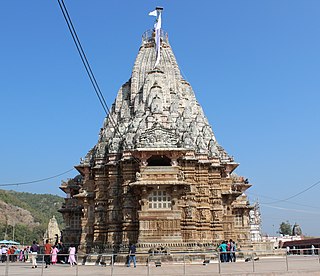 W
WBrahmeswara Temple (Odia:) is a Hindu temple dedicated to Shiva located in Bhubaneswar, Odisha, erected at the end of the 9th century CE, is richly carved inside and out. This Hindu temple can be dated with fair accuracy by the use of inscriptions that were originally on the temple. They are now lost, but records of them preserve the information of around 1058 CE. The temple is built in the 18th regnal year of the Somavamsi king Udyotakesari by his mother Kolavati Devi, which corresponds to 1058 CE.
 W
WChandragiri Fort is a historical fort, built in the 11th century located in Chandragiri, Tirupati in Andhra Pradesh, India. Although mostly associated with the Vijayanagara Emperors it was built much earlier in 11th century by the Yadava rulers.
 W
WThe Chausath Yogini Temple, Mitaoli, also known as Ekattarso Mahadeva Temple, is an 11th-century temple in Morena district in the Indian state of Madhya Pradesh. It is one of the few well-preserved Yogini temples in India. The temple is formed by a circular wall with 65 chambers, apparently for 64 yoginis and the goddess Devi, and an open mandapa in the centre of a circular courtyard, sacred to Shiva.
 W
WJasrota, in the Sivalik Hills of the Western Himalayas, was the capital of the Jasrotia Rajputs. It was founded by Jas Dev, a ruler of the Royal House of Jammu and Kashmir, who gave it to his brother, Karan. While the fortified town is now derelict, there remains an active village bearing the same name on its outskirts. Jasrota is in Kathua district and it is just 16 km from Kathua city.
 W
WLikir Monastery or Likir Gompa (Klud-kyil) is a Buddhist monastery in Ladakh, Northern India. It is located at 3700m elevation, approximately 52 kilometres (32 mi) in the west of Leh. It is picturesquely situated on a little hill in the valley, in Likir village near the Indus River about 9.5 kilometres (5.9 mi) north of the Srinigar to Leh highway. It belongs to the Gelugpa sect of Tibetan Buddhism and was established in 1065 by Lama Duwang Chosje, under the command of the fifth king of Ladakh, Lhachen Gyalpo (Lha-chen-rgyal-po).
 W
WThe Lohara dynasty were Hindu rulers of Kashmir from Khasa tribe, in the northern part of the Indian subcontinent, between 1003 and approximately 1320 CE. The early history of the dynasty was described in the Rajatarangini, a work written by Kalhana in the mid-12th century and upon which many and perhaps all studies of the first 150 years of the dynasty depend. Subsequent accounts, which provide information up to and beyond the end of the dynasty come from Jonarāja and Śrīvara. The later rulers of the dynasty were weak: internecine fighting and corruption was endemic during this period, with only brief years of respite, and this gave rise to the growth of Islamic onslaughts in the region.
 W
WThe Palitana temples of Jainism are located on Shatrunjaya hill by the city of Palitana in Bhavnagar district, Gujarat, India. The city of the same name, known previously as Padliptapur, has been dubbed "City of Temples". Shatrunjaya means a "place of victory against inner enemies" or "which conquers inner enemies".
 W
WPurandar Fort is known as the birthplace of Chatrapati Sambhaji Maharaj, the son of Chatrapati Shivaji Maharaj. The fort is repeatedly mentioned in the rising of Shivaji against the Adil Shahi Bijapur Sultanate and the Mughals. The fort of Purandhar stands at 4,472 ft above the sea level in the Western Ghats, 50 km to the southeast of Pune.
 W
WShamlaji no medo, also spelled Shamalaji, is a major Hindu pilgrimage centre in Aravalli district of Gujarat state of India. The Shamlaji temple is dedicated to Vishnu or Krishna. Several other Hindu temples are located nearby.
 W
WStongdey Monastery, often written Stongde, Stongday, Tonday or Thonde, is a flourishing Buddhist monastery in Zanskar, Ladakh, northern India, approximately 18 km north of Padum, on the road to Zangla.